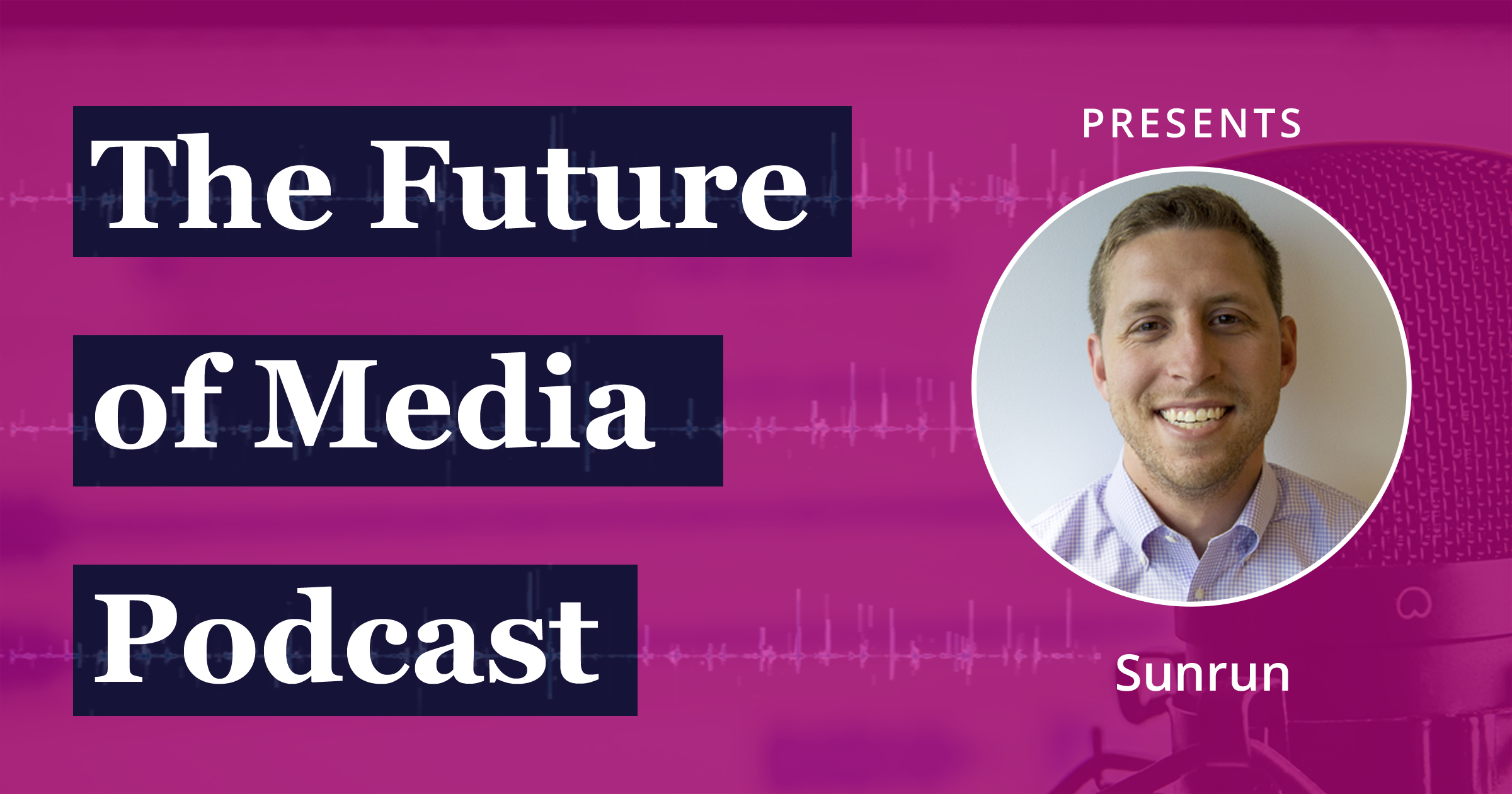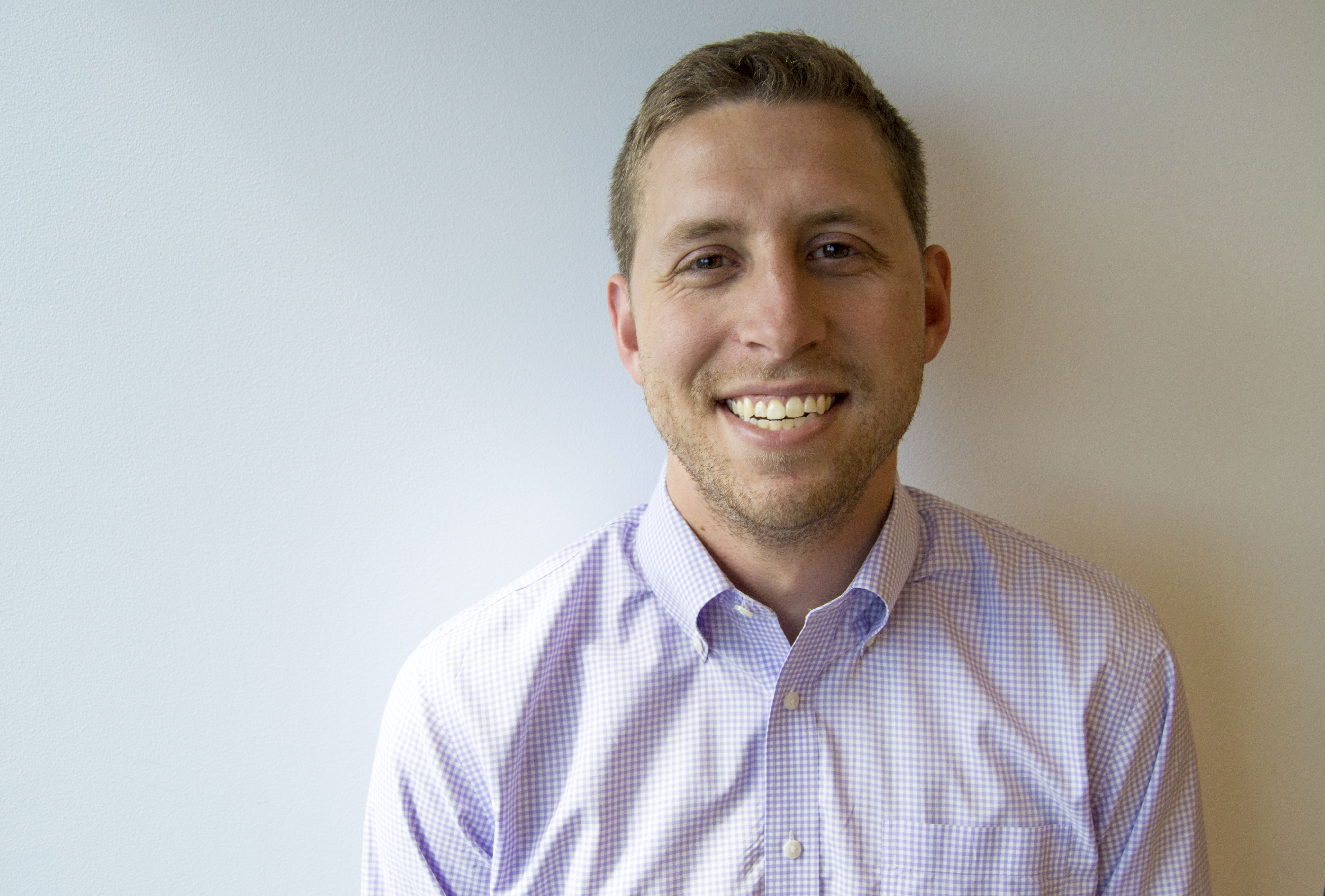
Eagle Flags and Sunny Flowers — Know Your Audience
Learn how one of the world's largest residential solar companies blends creativity with a battle-tested campaign model ensure their messaging hits home with consumers and policymakers alike.
Guest

Andy Newbold
Senior Manager of Public Affairs
Andy is the Senior Manager of Public Affairs at Sunrun, the nation's leading residential solar, storage, and energy services company. While focusing primarily on advancing Sunrun's public policy efforts, he also supports the company's corporate communications and marketing teams. Additionally, Andy serves as the Chair of the Solar Energy Industry Association's Public Relations Advisory Committee. Every day he is working to develop positive narratives for solar energy across the country.
Andy has nearly a decade of communications, campaign, and public affairs experience. Prior to Sunrun, Andy managed communications for Tom Steyer's NextGen Climate during the 2014 midterm elections. He began his career in Washington, DC, acquiring extensive experience in writing, research, and managing communications for political campaigns and issue advocacy, including working two years in the busy news environment of the United States Senate as Press Secretary for Senator Claire McCaskill.
Key Takeaways
- 1Use a PESO model for big initiatives: Paid, Earned, Shared, and Owned media
- 2Tightly control your messaging at every step of your communications campaign
- 3Know your target audiences well. Be hyper-focused.
- 4A/B test your messages with each audience to find what resonates most
- 5Be creative. Think outside of social media and press releases.
Listen on Spotify
Full Interview
Patrick: Hey everyone. I'm here today with Andy at Sunrun. Andy I would love to have you introduce yourself and Sunrun to the audience today.
Andy: Yeah, absolutely. Hi, I'm Andy Newbold, I am the Senior Manager of Public Affairs at Sunrun based here in San Francisco. Sunrun is the nation's leading residential solar battery storage and energy services company in the country. We operate in 23 states plus the District of Columbia and Puerto Rico. We have approximately 4,000 employees and we have over 200,000 customers across the country as well.
Patrick: Could share a little bit about how your team uses social media and content marketing to help build advocates for solar?
Andy: Yeah, absolutely. We use it in a variety of ways. As I said, I do public affairs at Sunrun and so a lot of what I'm dealing with on a daily basis is trying to convince several stakeholders across the country to support policies that will help support the growth of solar energy. So the audience is key here. With digital social media the goal is to be hyper focused on the audiences that we're targeting. Or at least it enables us to be hyper focused, so if we're trying to target advocates, we can do that. If we're trying to target policy makers, legislators, regulators, we can do that. And if we're trying to target businesses, we can do that as well. So I think that's really the most advantageous thing. And so a lot of what we're doing is looking for new and creative digital assets to make our content stand out in an increasingly crowded space.
Published on February 8, 2019
